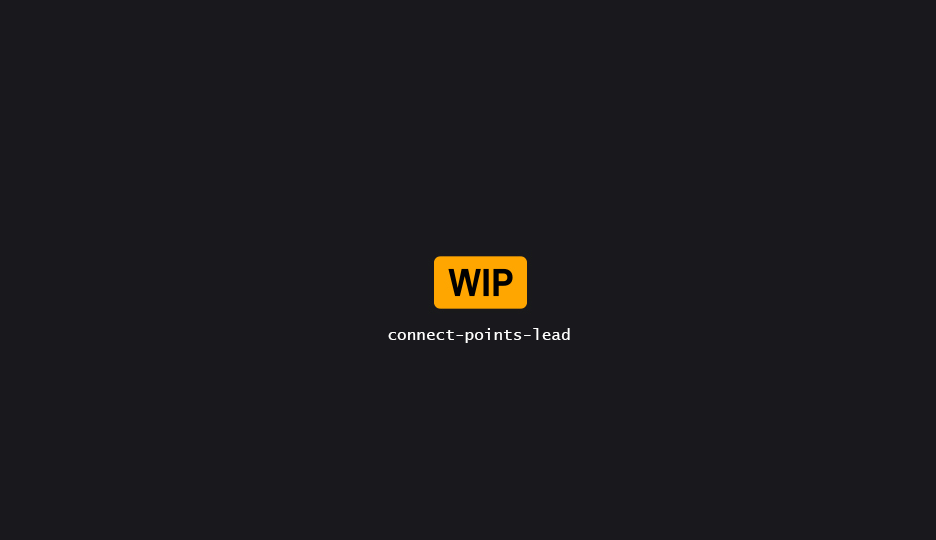Connect Points
Creates connections between points using various probes.
The Connect Points node creates connections between points in clusters based on user-defined probes, allowing control over how points generate and receive connections, with options for preventing overlap and projecting points for more accurate results.
Related
Table of content
The connect point node allows you to create connected clusters using different probes. Each point will go through each probe’ rules to find neighboring points to connect to.

Properties
| Property | Description |
|---|---|
| Coincidence Prevention Tolerance | When enabled, the node will prevent multiple connections from happening in the same direction, within that tolerance. This avoids the creation of overlapping edges when testing in near-collinear situations. |
| Project Points | If enabled, points will be projected on a plane under-the-hood before looking for connections. This is especially desirable when working with landscapes |
| Projection normal | The normal of the plane to project points to, if enabled. Unless you’re doing very custom stuff, the default value is usually fine as it project points as if “seen from top view” |
Generators & Connectables
These two inputs accept any of filters available as part of the Filter Ecosystem.
- Generators are points that will use the probes to find neighbors they can connect to.
- Connectables are points that will be seen by the probes.
Using these filters if optional !
Available Probes
Probes are at the core of the Connect Points node.
You can connect as many probes as you’d like to the Probes input.
No matter how many probes you use, this node will NEVER generate duplicate edges; so feel free to experiment.
Available Filters
You can use the regular filters for Generators & Connectables :
🝖 Compare Nearest (Numeric)
The Numeric Comparison Filter compares the arithmetic value of an attribute against the closest point from another dataset.
🝖 Bool
Performs a simple boolean comparison, converting numeric values to true (> 0) or false (<= 0).
🝖 Modulo Comparison
Compares the modulo of two attributes against a third operand, with configurable comparisons and tolerance.
🝖 Bounds
Checks if a point is inside or outside the provided bounds, with options for bounds types and an epsilon adjustment.
🝖 Bitmask
Checks specific flags in an int64 bitmask attribute with configurable mask types, comparisons, and an option to invert results.
🝖 Mean Value
The Mean Value Filter compares per-point values of an attribute against the mean statistical value of that same attribute.
🝖 Self Compare (Numeric)
Compares the numeric value at one index against the same attribute at another index.
🝖 Self Compare (String)
Compares the string value at one index against the same attribute at another index.